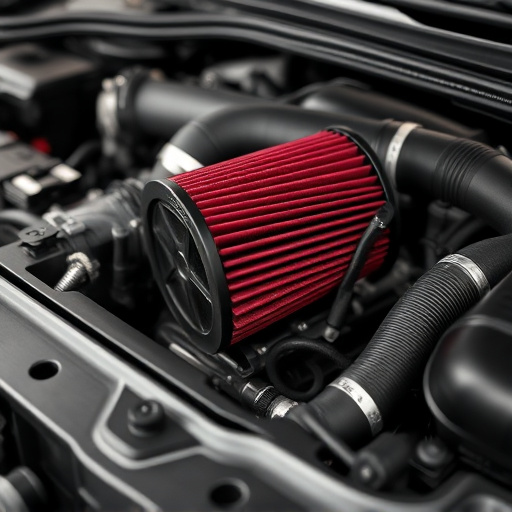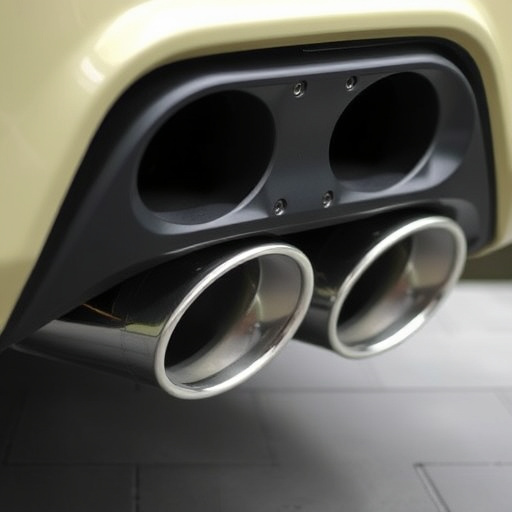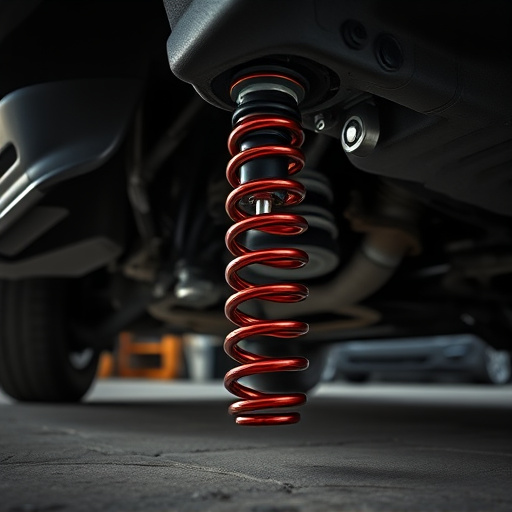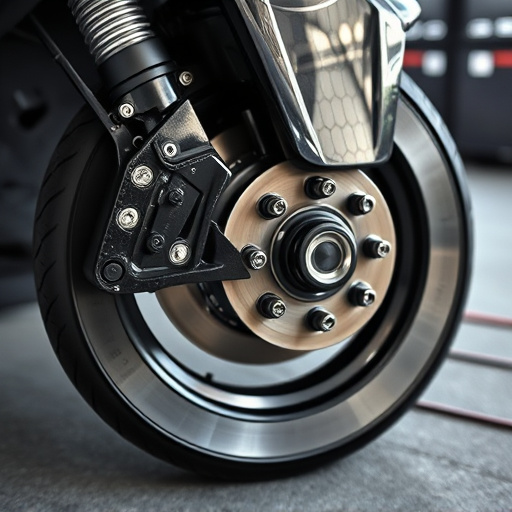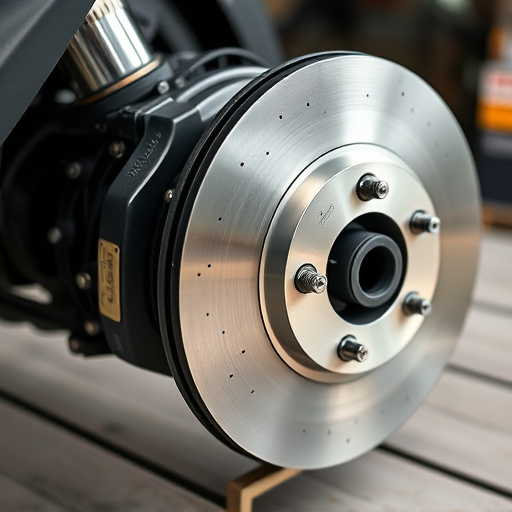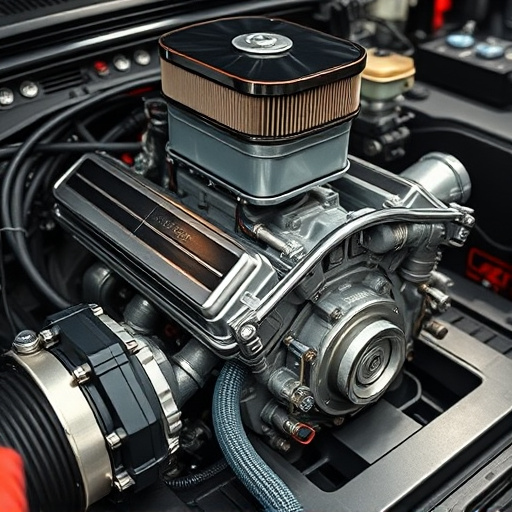A turbo heat shield is a vital component that protects turbocharged engines by insulating and deflecting intense heat, preventing damage to nearby parts like airboxes and intake systems. It maintains optimal performance by managing heat distribution, ensuring efficient airflow dynamics, and minimizing thermal stress on components. Proper placement and condition of the airbox and intake system are crucial for vehicle performance, with a turbo heat shield enhancing combustion, increasing power output, and improving throttle response when paired with high-performance exhaust systems.
“Unleash your engine’s potential with the powerful yet often overlooked component—the turbo heat shield. This essential piece plays a pivotal role in maintaining optimal performance, especially in turbocharged vehicles.
In this article, we’ll explore the intricate relationship between turbo heat shields, airboxes, and intake locations. From understanding their basic functions to delving into technical aspects, we’ll uncover how these components interact to enhance engine efficiency. By the end, you’ll grasp the significance of strategic positioning for maximizing horsepower.”
- Understanding Turbo Heat Shields: Their Role and Function
- Impact on Airbox and Intake Positioning: A Technical Deep Dive
- Benefits and Considerations for Optimal Engine Performance
Understanding Turbo Heat Shields: Their Role and Function
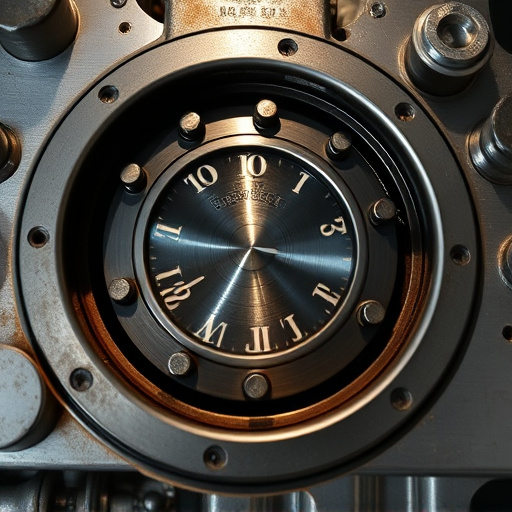
A turbo heat shield is a crucial component designed to protect high-pressure areas surrounding a turbocharged engine. Its primary role is to insulate and deflect heat generated by the turbocharger, which can otherwise damage nearby components such as the airbox and intake system. By managing heat distribution, these shields ensure the optimal performance of the vehicle’s respiratory system, comprising the air filter, airbox, and intake pipes.
They play a vital role in maintaining the efficiency of performance air filters by preventing excessive heating, which could reduce their effectiveness. Moreover, by protecting the airbox and intake location from direct exposure to hot exhaust gases, turbo heat shields contribute to minimizing thermal stress on these parts. This is particularly beneficial when combined with high-performance exhaust systems, including muffler tips designed for enhanced sound and performance.
Impact on Airbox and Intake Positioning: A Technical Deep Dive
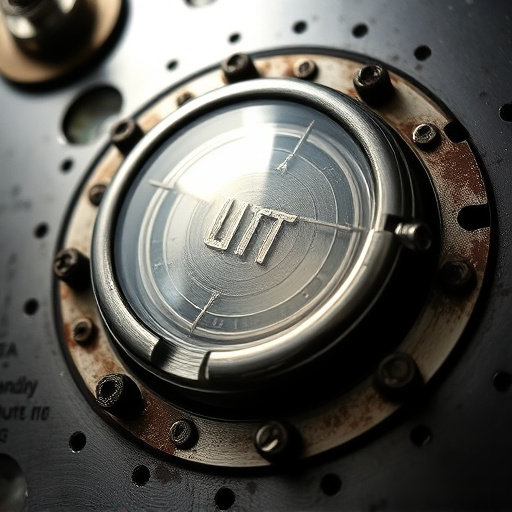
The placement and condition of the airbox and intake system are critical factors in any vehicle’s performance, especially when equipped with a turbocharger. A turbo heat shield plays a significant role in maintaining optimal airflow dynamics. By effectively managing engine bay temperature, it prevents heat transfer to surrounding components, ensuring the airbox remains cool and efficient. This is particularly important as turbocharged engines generate substantial heat due to forced induction, which can degrade performance if not controlled.
In technical terms, a well-designed turbo heat shield allows for precise control of intake air temperature, minimizing thermal expansion and contraction in adjacent parts. This prevents potential misalignment or damage to the airbox and intake components, often caused by rapid temperature changes. Additionally, it facilitates cleaner air flow into the engine by reducing heat-related distortion, enabling better combustion and increased power output. This is further enhanced when paired with high-performance air filters and cat-back exhaust systems, optimizing overall vehicle performance.
Benefits and Considerations for Optimal Engine Performance
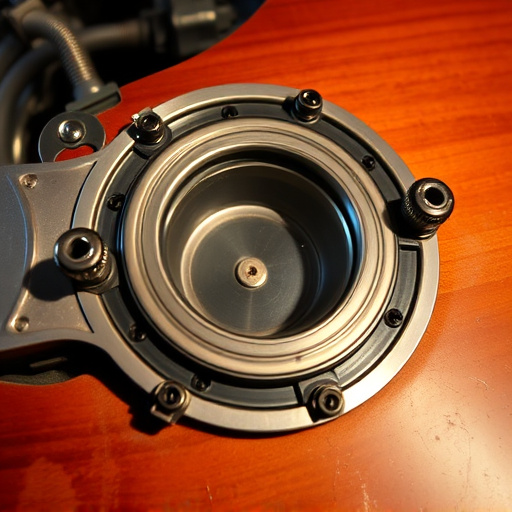
A turbo heat shield plays a crucial role in enhancing engine performance by managing and redirecting exhaust gases efficiently. This component is designed to protect the airbox and intake system from direct exposure to intense heat, which can degrade or damage sensitive parts over time. By isolating these components, the turbo heat shield prevents heat transfer, allowing the airbox to maintain cooler temperatures. This is especially beneficial for high-performance engines where optimal combustion and efficient cooling are paramount.
When considering the placement of intake components in conjunction with a turbo heat shield, it’s essential to strike a balance between protection and airflow. Proper positioning ensures that the heat shield does not restrict the flow of cold air into the engine, which is vital for maximum power output. In fact, many performance enthusiasts use coilover kits and suspension components to fine-tune this arrangement, creating a seamless integration that supports both aerodynamic efficiency and thermal management. This optimal setup contributes to improved throttle response, increased horsepower, and better torque delivery, ultimately elevating the overall driving experience.
In conclusion, turbo heat shields play a pivotal role in enhancing engine performance by managing heat and optimizing airbox and intake positioning. Understanding their function and impact is crucial for vehicle engineers and enthusiasts alike. By strategically placing and designing these shields, engineers can achieve better airflow, reduce heat-related losses, and ultimately boost engine power. This article has explored these concepts, highlighting the benefits and considerations for optimal turbo performance, emphasizing the significance of the turbo heat shield in modern automotive technology.









